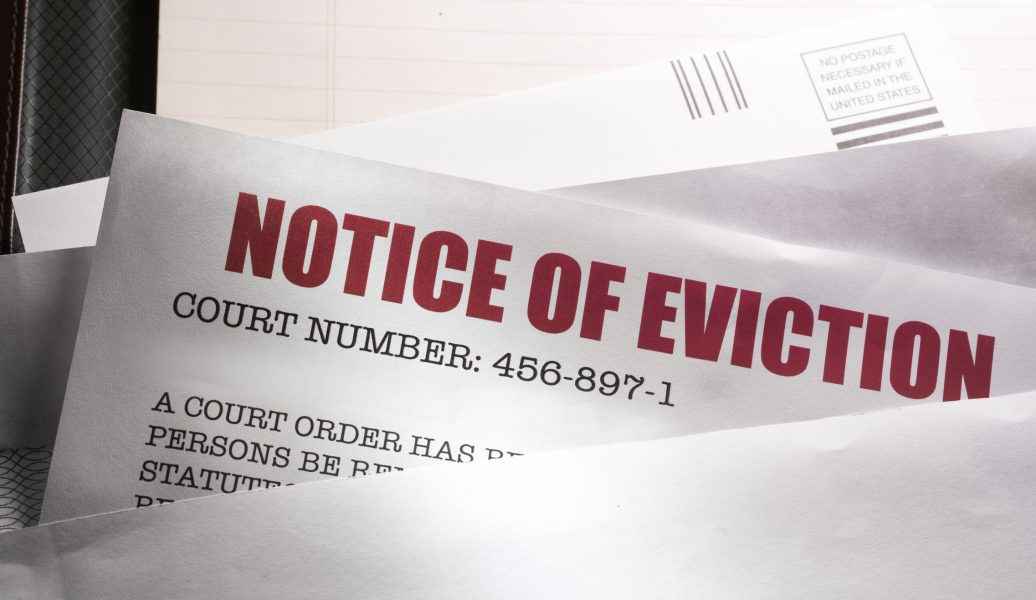
Public Health Under the New Administration: Examining State and Local Authority to Regulate Raw Milk, Water Fluoridation, and School-Entry Vaccines
WebinarsMaternal and Child HealthHealth in SchoolMechanisms for Advancing Public HealthOral HealthFood Safety and SecurityInjury Prevention and SafetyJoin us for a webinar focused on three important public health issues on which federal, state, and local regulation are intertwined and that may be subject to change based on representations from federal officials under the new federal administration. Presenters will address existing law and potential changes to law regarding raw milk, water fluoridation, and school-entry vaccines.











